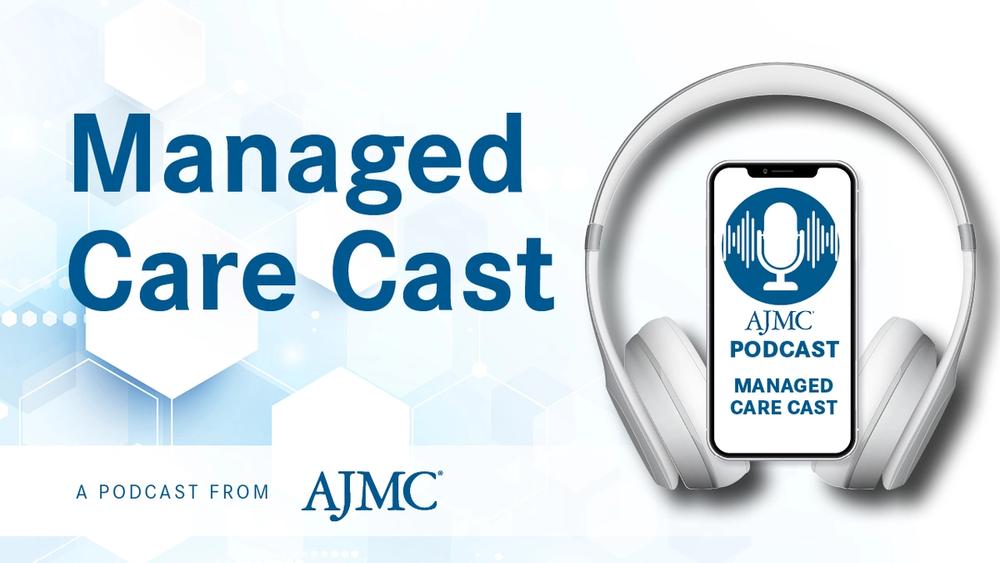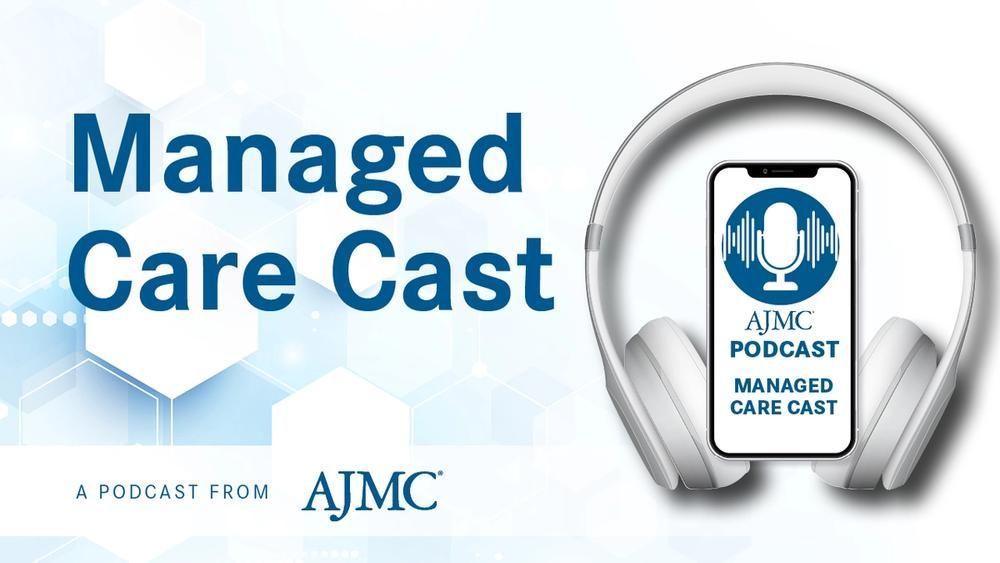News
Article
Adults With Depression Likely Develop Physical Conditions 30% Faster
Author(s):
Key Takeaways
- Depression accelerates the development of chronic conditions, with affected individuals accumulating illnesses 32% faster than those without depression.
- The study analyzed data from 172,556 UK Biobank participants, revealing a significant association between depression and increased physical condition accrual.
The large UK Biobank study finds depression a significant risk predictor for developing chronic conditions such as osteoarthritis, hypertension, and gastro-oesophageal reflux disease.
Depression has been identified as a strong predictor of the onset of multiple long-term physical illnesses, according to new data published in PLOS Medicine.1 Adults who have experienced depression develop chronic conditions approximately 30% faster than those without depression. The study also indicates that these individuals not only showed a higher burden of physical illness but continued to accumulate conditions, such as osteoarthritis, hypertension, and gastro-esophageal reflux disease (GERD), at an accelerated rate.
Results show an association between depression and chronic physical illness.
Image Credit: KApeopleimages - stock.adobe.com

Researchers assessed 69 long-term physical conditions using self-reports, primary care records, hospital admissions, cancer registries, and death records. The participants were followed for an average of 6.9 years. The analysis included data from the UK Biobank cohort comprising 172,556 participants aged 40 to 71 who had linked primary care data available.
At baseline, 17.8% of participants had a history of depression; the average (SD) burden of physical illness among those participants was 2.9 (2.3) conditions compared with 2.1 (1.9) conditions in those without depression. Over time, individuals with depression accumulated physical conditions at a significantly faster rate, adding an average of 0.20 conditions per year compared with 0.16 in those without depression.
Using quasi-Poisson models, researchers estimated the association between baseline depression and the rate of physical condition accrual. Even after adjusting for age and sex, those with depression developed new physical conditions at a 32% higher rate (rate ratio [RR], 1.32; 95% CI, 1.31-1.34) than those without depression. After further adjusting for sociodemographic characteristics, the increased risk remained significant (RR, 1.30; 95% CI, 1.28-1.32). The association weakened slightly but remained statistically significant after additional adjustments for baseline condition count and social/lifestyle factors (RR, 1.10; 95% CI, 1.09-1.12).
The most frequently developed conditions in individuals with depression vs those without:
- Osteoarthritis: 15.7% vs 12.5%
- Hypertension: 12.9% vs 12.0%
- GERD: 13.8% vs 9.6%
Implications for Health Care
Although the study provides robust evidence linking depression to accelerated physical morbidity, the study authors acknowledged potential limitations, including healthy volunteer selection bias, which may limit the generalizability of their findings to the wider population.
The risk of developing some of the most prevalent chronic conditions in the US, such as heart disease, diabetes, pain, osteoporosis, and Alzheimer disease, is increased in people with depression, according to the National Institutes of Health.2 The authors called for the implementation of an integrated approach to caring for people who have both depression and long-term physical health conditions.1
"People who’ve experienced depression are more likely to develop long-term physical health conditions such as heart disease and diabetes; however, existing health care systems are designed to treat individual conditions, instead of individual people with multiple conditions," they wrote.
References
1. Fleetwood KJ, Guthrie B, Jackson CA, et al. Depression and physical multimorbidity: a cohort study of physical health condition accrual in UK Biobank. PLoS Med. 2025;22(2):1004532. doi:10.1371/journal.pmed.1004532
2. National Institute of Mental Health. Understanding the Link Between Chronic Disease and Depression. U.S. Department of Health and Human Services, National Institutes of Health. 2024. Accessed February 13, 2025. https://www.nimh.nih.gov/health/publications/chronic-illness-mental-health





